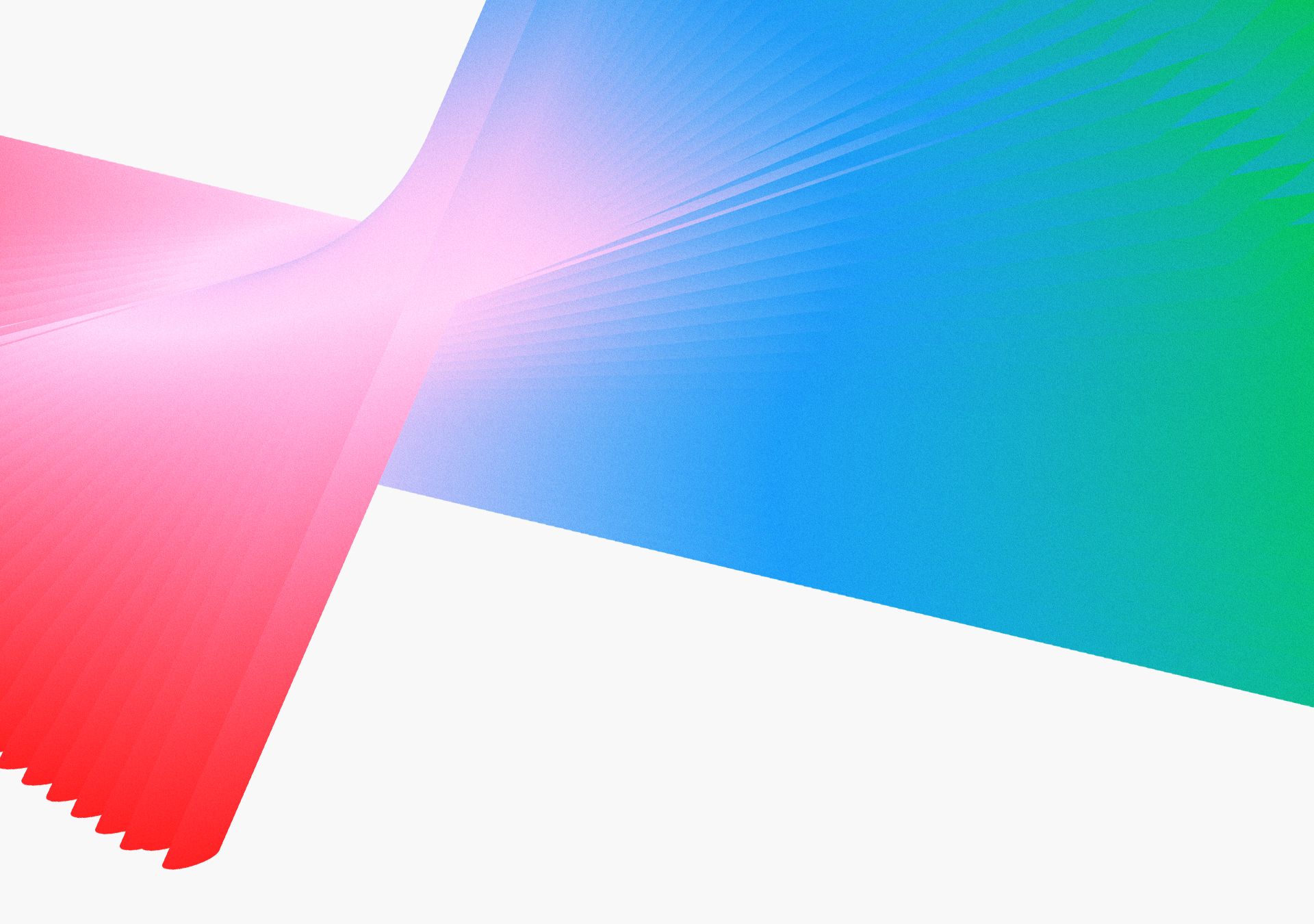Closed captions in English can be accessed in the video player.

Break Through: Amplify Your Creative Voice in Motion Design - S6006

SPEAKERS
-

Co-Founder | Creative Director, Cream Studio
Featured Products
-
After Effects
Free trial
Session Resources
No resources available for this session
Session Resources
ABOUT THE SESSION
Prepare to feel unstoppable as Amanda Russell, co-founder and creative director at Cream Studio, reveals how overcoming presentation anxiety led her to becoming a well-respected industry leader in motion design. Amanda will candidly share the secret toolkit that will empower you to express your unique creative perspective without fear. This session is for creative professionals who want to learn how to squash crippling nerves, confidently speak while showcasing their portfolio, and gain respect as a standout leader in a competitive creative market.
Amanda will openly discuss and share tips on how to:
- Block nerves so you can communicate creative ideas more effectively
- Present your pitch deck so you look like a pro
- Advance your creative career through meaningful conversation
- Earn fans, followers, and clients without trying too hard
Technical Level: General Audience
Type: Luminary Session
Category: Inspiration
Track: Video, Audio, and Motion
Audience Types: Art/Creative Director, Educator, Graphic Designer, Motion Designer, Post-Production Professional, 3D, Illustrator, Marketer
This content is copyrighted by Adobe Inc. Any recording and posting of this content is strictly prohibited.
By accessing resources linked on this page ("Session Resources"), you agree that 1. Resources are Sample Files per our Terms of Use and 2. you will use Session Resources solely as directed by the applicable speaker.
Inspiring Insights
Short videos to explore even more
Keep the learning going with insights from industry experts. Get hot tips and tricks and best advice in 50+ bonus video — all under five minutes
Not sure which apps are best for you?
Take a minute. We’ll help you figure it out.
